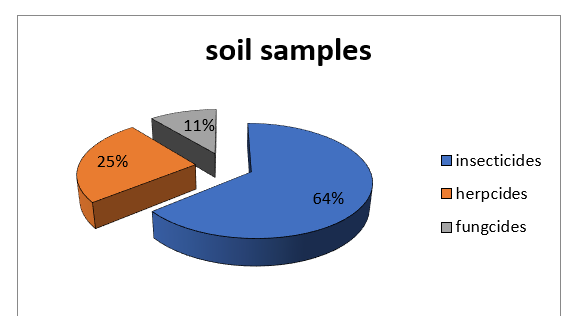Determining The Level of Commonly Used Pesticides in Soil at Different Ecosystems in Sudan: Case Study: Kassala- Al-Gadarif State
Keywords:
Pesticide Residues, Estimation, Soil Contamination, Gas Chromatography, SudanAbstract
The Pesticide residues in the environment pose a risk to public health and environmental components, especially soil and water, particularly in agricultural areas that rely on the intensive use of pesticides. Analytical chemistry has played a significant role in using analytical methods and laboratory equipment to estimate these residues such as terbufos, parathion and profenofos. In This study aims to estimate and evaluate the levels of pesticide residues in some agricultural areas of Kassala state from (Kassala locality, newhalfa and algrba) and Gedaref state from(Gadarif locality, Eastern Galabat, Western Galabat, Alfashaga, Algoraesha, Basonda and Alrahad) in eastern Sudan by collecting (10) soil samples . The study relied on the use of gas chromatography and the presentation of results and statistical analysis using the statistical program (SPSS). As the results of the analyses of soil samples showed that terbufos, profenofos and parathion topped the list with average concentrations of (0.462), (0.333), and (0.289) mg/kg, respectively. Through the results of the (T) test for the samples, the pesticide concentrations showed a significant difference (P<0.05) in their mean with the specified value (0.001), where a strong correlation was shown between the use of these pesticides and their concentrations in the samples.
Downloads





